We analyzed the gear used in 417 images shortlisted for the world’s leading astrophotography competition – Astronomy Photographer of the Year – over a number of years.
From the 417 photos, 124 were of planetary objects so that is the data we have used in this research. Planetary here includes lunar and solar, as well as the planets.
You can read the full data analysis here, covering cameras and mounts too, as well as the Best Telescopes for Astrophotography covering all astrophotography telescopes, but in this article we have focused on the telescopes used in planetary images.
We found that Celestron’s range of Schmidt-Cassegrain (SCT) telescopes completely dominates.
Here are the top ten planetary telescopes overall:
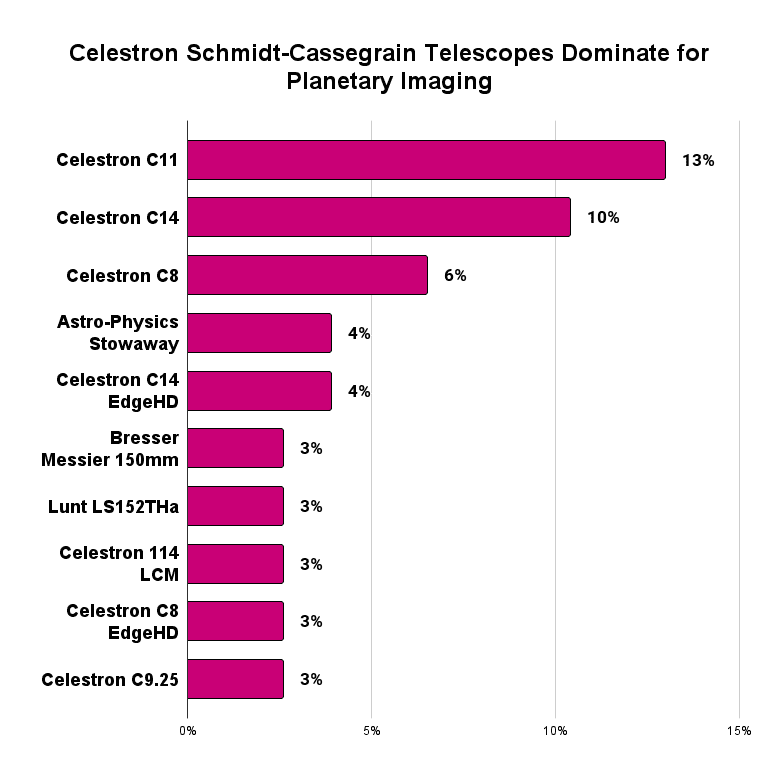
As you can see, seven of the top ten are using Celestron telescopes and, for the most part, these are done with the four Celestron SCT Optical Tube Assemblies (OTAs), the:
Below we examine these telescopes and the pros and cons of each, plus explain the difference with the EdgeHD versions.
We have also grouped together by telescope manufacturer, and we can see Celestron way out in front followed by Sky-Watcher in second:
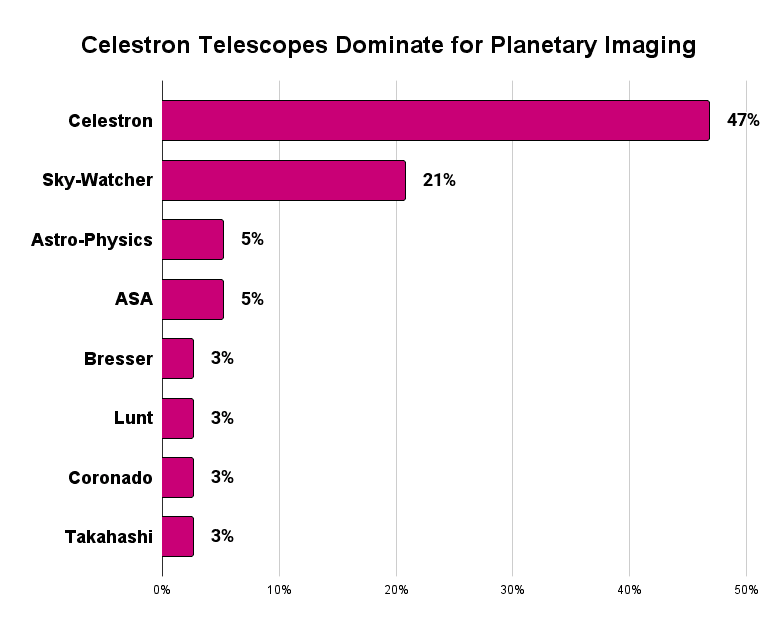
Let’s now examine the overall “winner”, the Celestron C11, and then see how it compares to the other Celestron SCTs.
Celestron C11
Best Telescope for Planetary Imaging
The Celestron C11 Optical Tube Assembly (OTA) is the most successfully used telescope for planetary imaging in the last four years of our astrophotography competition data.
Also sometimes called the C11 XLT (because of its lens coatings called Starbright XLT by Celestron), it is an 11-inch Schmidt-Cassegrain OTA that can be bought standalone or as part of other packages combined with Celestron’s different mounts, for example:
- Celestron CPC 1100 – the C11 with the CPC fork mount
- Celestron CGEM II 1100 – the C11 with the CGEM II mount
- Celestron 11″ CGX – the C11 with the CGX mount
- Celestron AVX 11″ – the C11 with the Advanced VX mount
In short, the 11-inch OTA is the same no matter what package you buy it in. If you are interested, you can read more here about the differences between Celestron’s mounts.
Celestron C11 Pros
The C11 is great for planetary imaging due to its:
- High aperture – 11-inches gives great light gathering
- Long focal length – 2800 mm allows you a narrow field of view to zoom into the planets
- Adequate focal ratio – At f/10, planetary imaging does not require ultra-fast focal ratios
On the focal ratio, it can have extra functionality that gives it a faster focal ratio for imaging – this is a Celestron technology called Farstar. It requires an additional component called the Starizona Hyperstar to do this (which is an additional cost).
Essentially, you can use it like the regular C11 with an F/10 focal ratio but you can also remove the secondary mirror and attach your camera directly to the front. This reduces the focal ratio to a much faster F/2. This only works for imaging and not observing though.
Here is a good video that gives you an idea of what you would be able to expect in terms of planetary views using a C11:
And here is another good video showing you detailed views of the moon using a C11 (captured with just a smartphone):
Celestron C11 Cons
The potential downsides of a C11 are:
- Size – It’s fairly large and bulky, so you’ll need to make sure you can handle, store and transport it
- Weight – at 28 lbs it’s pretty heavy and you’ll need a good mount with sufficient payload capacity to handle it
- Storage and transport – You’ll likely need to buy a separate case which adds some cost. There are two main options: the Deluxe Hard Carry Case and the Soft Padded Case
- Not optimal for deep sky imaging – The long focal length makes it excel for planetary but is not great for deep sky viewing or imaging due to the narrow field of view
- Cooldown – It takes a while to cool down to the ambient temperature to make it optimal for use.
Celestron C11 Specifications
- Type: Schmidt-Cassegrain (Catadioptric/Compound)
- Aperture: 11-inch (279 mm)
- Focal Length: 110-inch (2800 mm)
- Focal Ratio: F/10
- Weight: 28 lbs (12 kg)
- Size: 24 inches length by 12 inches diameter
Overall, the C11 brings together all the key characteristics you would want in a telescope for imaging the planets and our data backs this up.
If you combine this OTA with top mount, then you will have a brilliant setup for planetary imaging.
Celestron's 11-inch Schmidt-Cassegrain Optical Tube Assembly (OTA)
- High 11-inch Aperture
- Long 2800mm Focal Length
- Starbright XLT Optical Coatings
- Perfect For Planetary Imaging
Celestron C11 vs EdgeHD vs RASA
It is worth noting that there are two slightly different versions of Celestron’s 11-inch OTA:
Let’s look at each in turn.
Celestron C11 EdgeHD
The EdgeHD version of Celestron’s 11-inch OTA is a coma-corrected Schmidt-Cassegrain.
Coma is the distortion at the edge of images that is inherent with regular Schmidt-Cassegrain telescopes. This causes the stars to be elongated and out of focus at the fringes.
The EdgeHD version OTAs correct for this and are therefore much more suitable for deep sky imaging. This is obviously great and makes the telescope more versatile, but the downside is that it costs a fair bit more.
So if you are planning on just planetary imaging then you might as well save money and go for the regular C11.
But, if you have the money and want the option to photograph deep sky objects, the EdgeHD might be better for you.
Celestron RASA 11
The Celestron Rowe-Ackermann Schmidt Astrograph (RASA) telescope is the next level up for deep sky imaging.
It gives you:
- A fast f/2 focal ratio (that you can also get with C11 using Fastar/Hyperstar)
- Coma correction (that you get with the EdgeHD)
- A short focal length of 620mm
It is this shorter focal length that enables wide-field imaging and is therefore much more suited to photographing deep sky objects, and less suited to photographing planets.
Therefore the RASA might be for you if deep sky imaging is your focus, and not planetary.
Celestron C8 vs C9.25 vs C11 vs C14
Looking now at the other most successful planetary telescopes we are going to dig into the other advanced Celestron SCTs and see how they differ from the C11.
The other models are the:
As you might guess, these are the 8-inch, 9.25-inch, and 14-inch versions of Celestron’s advanced Schmidt-Cassegrain range.
You can see how they differ on the key specifications in the table below:
|
Description:
|
Description:
|
Description:
|
Description:
|
Pros and Cons – C8 vs C9.25 vs C11 vs C14
Essentially, the advantages of these telescopes are the same as laid out for the C11 above that make them great for planetary imaging. In particular:
- Long focal length
- High aperture
The main difference between each of these OTAs is the aperture. The higher this is the better, but the more expensive it will be.
They do also differ in terms of focal length and size and weight, and we have compared the data on these key metrics below to help you work out which one might be best for you.
Aperture – C8 vs C9.25 vs C11 vs C14
As is fairly obvious, the aperture in inches is in the name of each model. With the C14 being the largest and best, and the C8 the smallest and weakest:
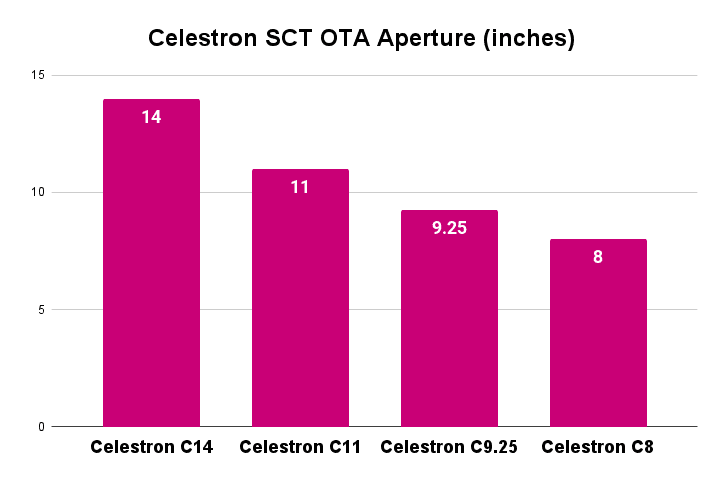
Aperture is the same for the regular SCTs and the EdgeHD alternatives.
Focal Length – C8 vs C9.25 vs C11 vs C14
Similarly, the focal length increases with each of the models, with this being highest with the C14.
Remember, the higher the focal length, the better you can magnify into the planets, sun and moon to see and capture more detail:
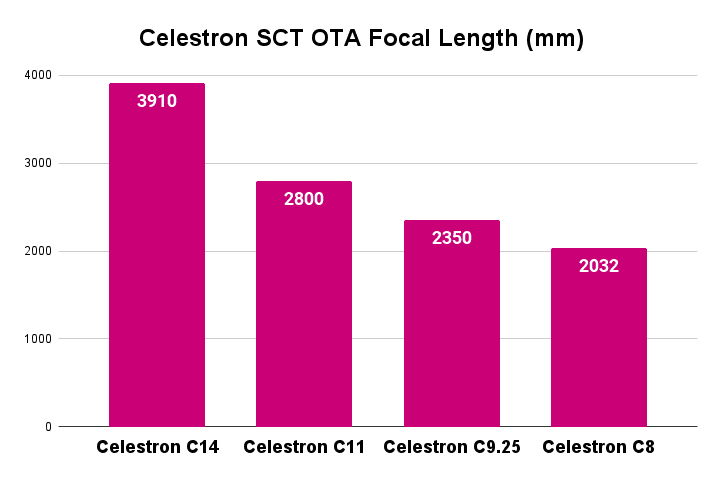
The focal length is the same on the regular SCTs and the EdgeHD versions.
Weight – C8 vs C9.25 vs C11 vs C14
Weight is where you have a downside with the larger models in comparison to the smaller ones.
As you can see in the chart below, there is a significant difference between the C14 at 46 lbs and the C8 at 12.5 lbs.
For weight, we have included the EdgeHD models too as this differs slightly:
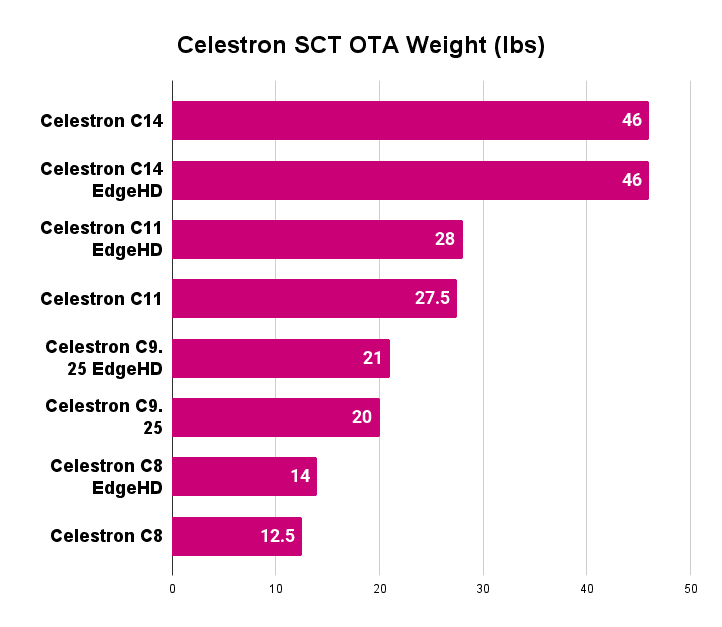
Weight is an issue in relation to ease of use, storage, and transport, where bigger and heavier is a disadvantage.
In addition, heavier OTAs need more heavy-duty mounts to take the weight and also cost more money.
For example, Celestron’s AVX is a great mount but has a payload capacity of 30 lbs and so could not be used with the bigger OTAs.
For the C14, you would need to use one of the larger CGX or CGX-L mounts (assuming you want a Celestron mount). See here if you want to read more on the best astrophotography mounts.
Price – C8 vs C9.25 vs C11 vs C14
Price is the other main difference and a pretty important one.
You’ll have to check the live prices using the links provided for up-to-date information as they fluctuate, but the C8 will generally set up back something in the region of $1500-$2000 and the C14 something like $8500 (with the C9.25 and the C11 somewhere in between).
This is a pretty significant difference for most people and so has a sizeable impact on which model is right for you.
Overall – C8 vs C9.25 vs C11 vs C14
Overall, the C14 is the best in terms of the key specifications of aperture and focal length but the downsides are that it is larger, heavier, and more expensive.
This is basically the same as you progress from the C8 to the C9.25, C11, and C14, with the smaller models having less aperture and focal length, but being lighter and cheaper.
There are also EdgeHD and RASA models of all these telescopes and they have the same pros and cons as outlined for the 11-inch models above. You can check them all here:
(Note, there is no 9.25-inch RASA)
These are all great planetary telescopes as can be demonstrated from our competition data where they have all performed exceptionally.
FAQs: Telescopes for Planetary Imaging
What Makes a Good Telescope for Photographing Planets?
The key things to look for in a telescope for planetary imaging are:
- Focal length: Planets are small in the night sky and so you want to be really zoomed in, and that is what a long focal length gives you – high magnification and a narrow field of view
- Aperture: The higher this is, the better the light-gathering capacity of your telescope and the better your images (and views) will be
- Size and weight: You need something that you and your mount can handle
Most of the top telescopes for photographing planets tend to Schmidt-Cassegrains. This is because:
- They have a long focal length and large aperture at a reasonable price
- They are relatively compact due to the design that combines mirrors and lenses
- They are relatively easy to collimate
In comparison, for refractor telescopes to have sufficient aperture and focal length they will become extremely large and also very expensive (because lenses become disproportionately more expensive as they get bigger).
Similarly, reflector telescopes become very large and bulky at high apertures. They are the best value for money in terms of price to aperture, but they are only really suited to observing rather than imaging. This is because their size means they only really suit a dobsonian mount which is not optimal for astrophotography.
What is the best telescope for planetary imaging?
Celestron’s range of Schmidt-Cassegrain OTAs are the best telescopes for planetary photography – the C8, C9.25, C11, and C14.
What is the best planetary camera?
Our astrophotography competition data shows that the ZWO ASI174MM is the most successful camera for planetary imaging.
For more research on this, see our article on the Best Planetary Cameras.
What’s the best telescope mount for planetary imaging?
The mount you use will depend on which telescope you are using, mostly because you will need a mount that can comfortably take the weight of your OTA.
See our research on the Best Mounts for Astrophotography.
What is the best telescope for deep sky imaging?
Deep sky imaging is best done with a telescope that has a short focal length and fast focal ratio.
As outlined above, the Celestron RASA range are perfect for this but you can also consider apochromatic refractors which are smaller, lighter and generally cheaper.
See the Best Telescopes for Astrophotography for an overview of this.
Conclusion: Best Telescope for Planetary Imaging
Overall, we recommend any of Celestron’s range of Schmidt-Cassegrains for planetary imaging. These are the:
The larger C11 and C14 are better than the smaller models in terms of larger aperture and longer focal length, but the smaller models are lighter and cheaper.
All are brilliant telescopes for photographing planets, so work out which size is best for you and your circumstances.
If you have any thoughts or questions please let us know in the comments below.



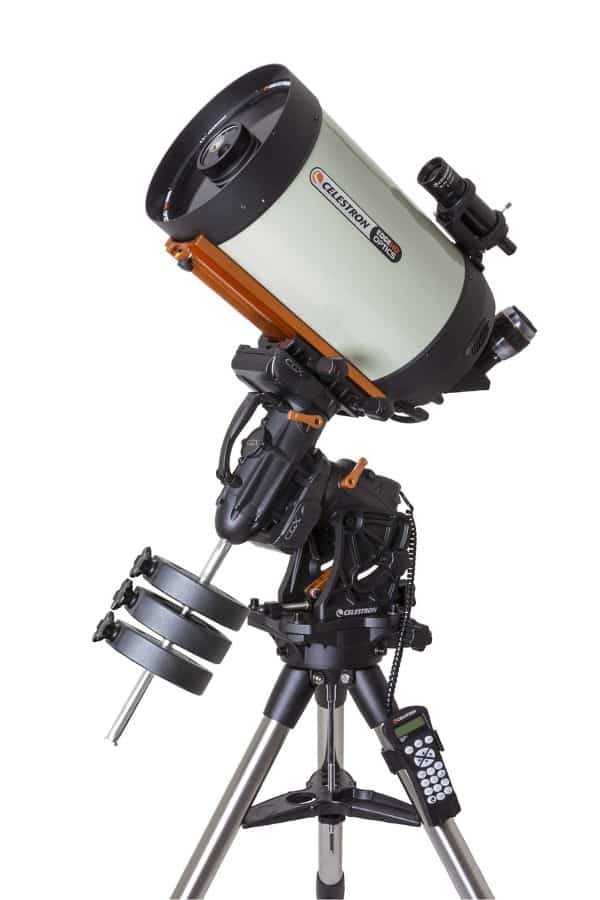



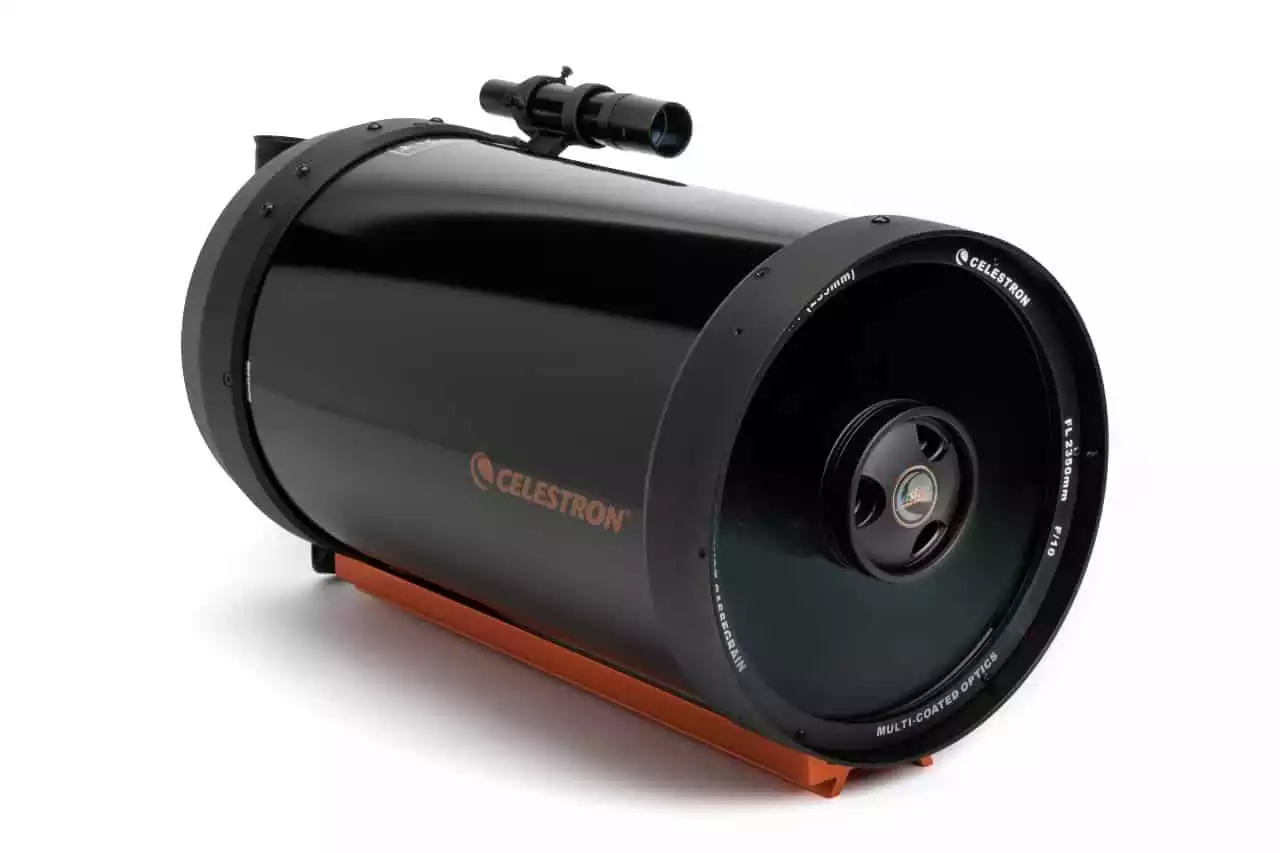
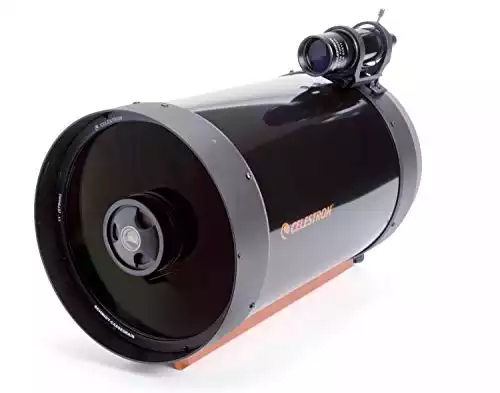
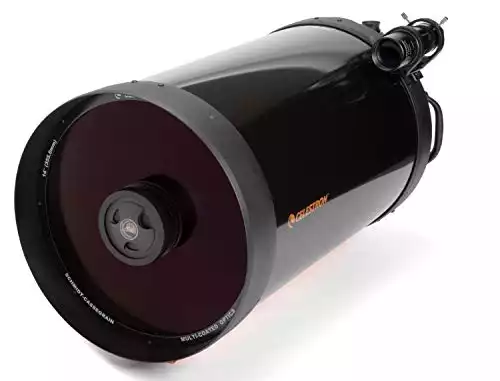

Great articles on Astrophotography equipment! Would love to see other high-end companies such as 10Micron, Takahashi and Stellarvue included in your reviews.
As I stated in my previous comment, you folks do an excellent job and would also like to see if you could review the Mallicam dedicated Astro-video cameras. They now have two models with Sony’s chips, which may be worth comparing against the Zwo offerings.
Thanks for the feedback and tips Frank. We’ll look into it!